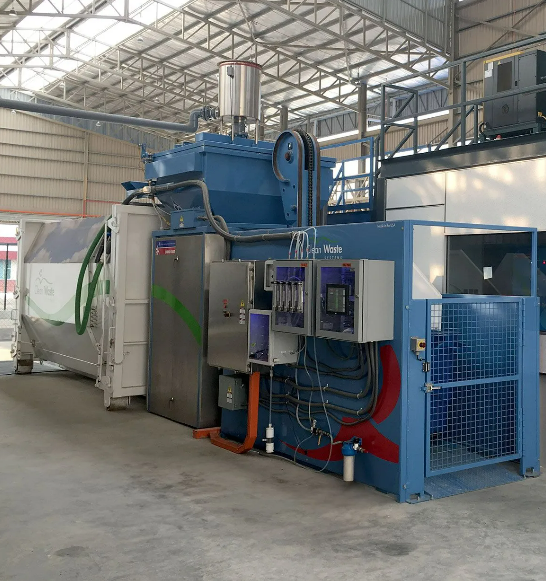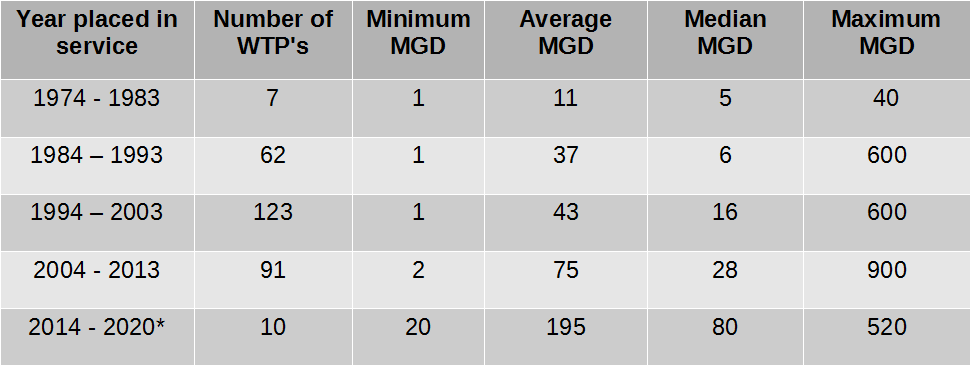In the realm of healthcare, sustainability has become a paramount consideration, and Monument Health is leading the charge. This integrated healthcare system, generating a substantial 2.2 million pounds of waste annually, embarked on a transformative journey in 2020 with the implementation of Clean Waste Systems’ OMW-1000, a groundbreaking ozone medical waste treatment system. Let’s delve into the monumental impact this decision has made.
The Pre-OMW Era: A Third-Party Odyssey
Before adopting the OMW-1000, Monument Health relied on a third-party vendor situated in Frederick, Colorado, for medical waste treatment. This involved the cumbersome process of storing, boxing, and shipping waste across state lines, covering a distance of approximately 374 miles from Rapid City, South Dakota. The waste, transported in semi-trucks, totaled three truckloads per week, each containing around 520 cardboard waste containers. To meet DOT requirements, each container had an additional liner.
Note: The recyclable sharps program waste was not included in the calculations for this case study.
Benefits Unveiled by Ozone Waste Treatment
Since the adoption of the OMW-1000 in January 2020, Monument Health has witnessed a host of operational benefits:
- Cost Elimination and Environmental Impact Reduction:
- Abolished the costs, liability, and environmental impact of over 150 semi-trucks annually.
- Eliminated expenses related to lining, filling, and labeling 520 cardboard waste boxes per semi-truck load.
- Drastically reduced liability by processing waste in-house, minimizing multiple instances of unnecessary waste handling.
- Waste Shredding:
- The OMW-1000’s comprehensive waste shredding process further reduces liability and slashes landfill deposits by up to 80%.
Facts & Figures: Monument Health’s Remarkable Transformation
- GHG Emissions Reduction:
- Monument Health achieved a staggering 76% reduction in GHG emissions, totaling approximately 15,502,173.1 kg of CO2e annually.
- This reduction encompasses travel to a third-party processing facility, electrical and energy usage, and water consumption compared to the previous autoclave processing method.
- Cardboard Waste Reduction:
- An impressive elimination of 81,120 boxes of excess cardboard waste deposited in landfills annually, equating to approximately 283,920 boxes and liners over the last 3.5 years.
- The weight of these cardboard boxes and liners amounted to 171,172 lbs. annually or 599,102 lbs. over the last 3.5 years.
- Volume Reduction via Shredding:
- A noteworthy decrease of up to 73% in the cubic volume of waste deposited in landfills through the OMW-1000’s waste shredding capability.
- Cardboard Recycling:
- Monument Health actively recycled approximately 405,600 lbs. of cardboard annually or 1,419,600 lbs. over the last 3.5 years.
- This involved the recycling of an average of 12 bales weighing 650 lbs. each per week.
Visualizing the Impact: A Sustainable Future with OMW-1000


Monument Health’s commitment to sustainability through the implementation of the OMW-1000 reflects a significant leap towards a greener, safer, and more sustainable healthcare future. The numbers speak for themselves – a testament to the power of innovation in addressing environmental challenges. Monument Health has not just adopted a medical waste treatment system; they’ve embraced a sustainable revolution.
To read more about reducing medical waste with ozone, click here: https://www.oxidationtech.com/applications.html
The original article is found here: https://www.cleanwastesystems.com/monument-health-case-study


